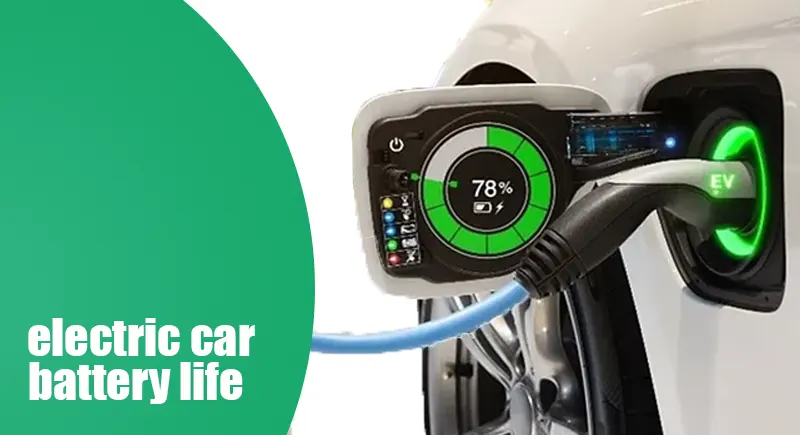Electric vehicles (EVs) are gaining popularity worldwide as sustainable alternatives to traditional internal combustion engine cars. One of the critical factors influencing their adoption is the performance and longevity of their batteries. Understanding the factors that affect electric car battery life across different climates and driving conditions is crucial for both manufacturers and consumers alike.
1. Temperature Extremes
Impact: Temperature extremes, both hot and cold, can significantly affect the performance and lifespan of electric car batteries. High temperatures accelerate chemical reactions inside the battery cells, which can lead to faster degradation of the electrodes and electrolyte. On the other hand, cold temperatures increase the internal resistance of the battery, reducing its efficiency and capacity.
Management: Manufacturers employ various thermal management systems to regulate battery temperature and maintain optimal operating conditions. These systems may include liquid cooling or heating to keep the battery within a narrow temperature range, thereby extending its lifespan.
2. Driving Habits and Patterns
Impact: The way an electric vehicle is driven can impact battery life. Aggressive driving, frequent rapid acceleration, and braking can increase energy consumption and put more strain on the battery. Similarly, constant high-speed driving or towing heavy loads can accelerate battery degradation.
Management: Educating drivers about efficient driving practices, such as smooth acceleration and braking, maintaining steady speeds, and using regenerative braking systems, can help optimize battery performance and extend its lifespan.
3. Charging Practices
Impact: How an electric car is charged also affects battery life. Regularly charging the battery to full capacity or discharging it completely can strain the cells and reduce their longevity over time. Additionally, using fast chargers frequently may increase heat generation within the battery cells, accelerating degradation.
Management: Implementing smart charging algorithms and systems that manage charging speeds and limits can help mitigate these issues. Educating users about optimal charging practices, such as avoiding frequent full charges and using slower, controlled charging when possible, can also contribute to prolonging battery life.
4. Battery Chemistry and Technology
Impact: The type of battery chemistry used in electric vehicles can influence their performance and longevity. Lithium-ion batteries, which are most commonly used, vary in composition and design, affecting their energy density, charge-discharge cycles, and overall lifespan. New advancements in battery technology, such as solid-state batteries, promise improved energy density and longevity compared to traditional lithium-ion batteries.
Management: Continued research and development in battery technology aim to enhance performance while reducing costs and environmental impact. Manufacturers are investing in improving battery chemistries and designs to meet the growing demands for longer-lasting and more efficient electric vehicle batteries.
5. Environmental Conditions
Impact: Beyond temperature, other environmental factors such as humidity, air quality, and altitude can also influence battery performance and longevity. Exposure to high humidity or pollutants may affect the battery casing or electrical components, while high altitudes can impact cooling efficiency and battery capacity.
Management: Designing robust battery enclosures and sealing mechanisms can protect batteries from environmental factors. Testing and validating batteries under various environmental conditions ensure they meet durability and performance standards across different regions and climates.
The longevity and performance of electric car batteries are influenced by a complex interplay of factors ranging from environmental conditions to driving habits and technological advancements. Manufacturers and researchers continue to innovate and refine battery technologies to enhance efficiency, durability, and sustainability. As electric vehicles become more mainstream, understanding and managing these factors will be essential in maximizing the benefits of electric mobility while minimizing environmental impact.











